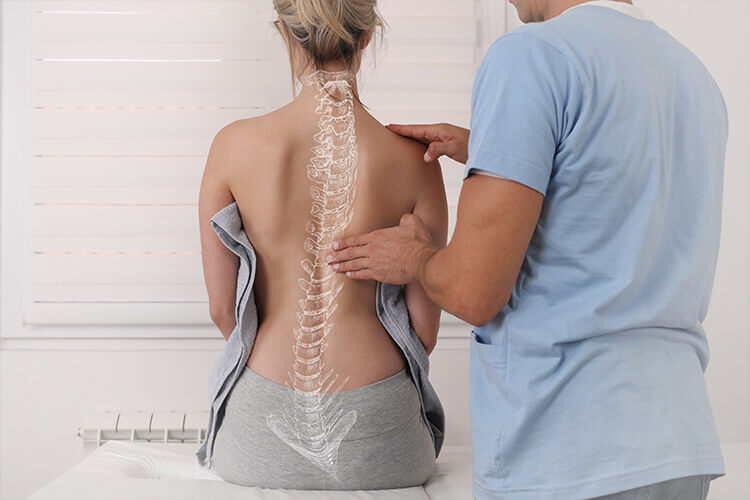
In most cases, around 90% of scoliosis patients have a low degree curvature that does not necessitate immediate therapy. However, periodic X-rays during adolescence are essential to monitor for any increase in the scoliosis curvature. If there is progression, therapy needs to be planned accordingly.
Several factors play a significant role in determining the appropriate scoliosis therapy:
There are three main options for scoliosis therapy: monitoring, bracing, and surgery.
In planning therapy for children, the severity and location of the scoliosis curvature are crucial factors. The child's age and the potential for spinal growth also play a role in deciding the most appropriate treatment. An experienced physician can predict the course of scoliosis and recommend suitable therapies tailored to the patient's needs.
The success of bracing is influenced by:
The choice of scoliosis brace depends on several factors, including the location, flexibility, and number of curvatures, as well as the patient's overall health. Braces can be either hard (plastic) or soft (elastic), and each brace is customized for the individual patient to provide the best corrective pressure on the scoliosis.
Studies have shown that brace treatment is successful in preventing scoliosis curvature from progressing to a level that would require surgery. The curvature generally decreases while wearing the brace and may remain reduced or stable after the spinal growth is completed. However, some patients may experience scoliosis progression despite brace treatment.
Brace treatment should continue until the patient's spinal growth is completed. The duration may vary depending on the individual patient, and regular monitoring by the doctor is essential, usually once every 4-6 months.
Many factors influence the type of brace a patient should use. While most braces are worn for 16-23 hours a day, some are only used during nighttime sleep.
Failure to use a recommended brace may result in the progression of scoliosis, potentially leading to the need for surgical intervention.
Several factors play a role in deciding whether surgery is necessary, including the location and size of the scoliosis curvature, the presence of accompanying kyphosis, pain, remaining potential for growth, and other individual patient factors.
Patients considering surgery should discuss various aspects with their doctor, including:
Yes, smoking can delay tissue healing, potentially leading to fusion failure. Therefore, it is essential to quit smoking before undergoing scoliosis surgery.
Metal implants used in scoliosis surgery cannot rust or be rejected by the body.
Patients diagnosed with scoliosis before the age of 10 and with a Cobb angle of more than 35 degrees may experience progression if left untreated. In adult patients, scoliosis may progress at a rate of 1-1.5 degrees per year for angles greater than 50, but typically not for angles less than 30.
Take this test now to find out your risk of scoliosis!